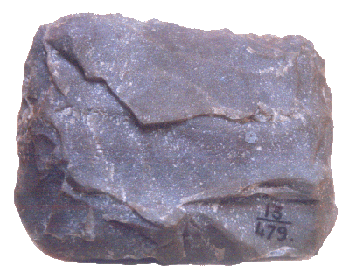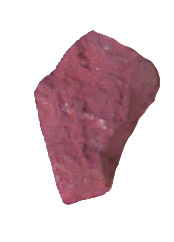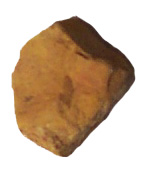 |
The economic geology deals with the economic aspects, which is the core of geology. It
consists principal exhibits such as abrasives, refractories, pigments, building stones,
gemstones, various types of ores, radioactive minerals, coal, lignite and ceramics.
Earth's
Treasures
The front modernised showcase which
the visitor will see on entering the Geology Gallery. Interesting specimens such as mica,
asbestos, calcite, gypsum, coal, rock crystal, agate, varieties of clay, ores of iron, copper,
lead, aluminium, chromium, etc., have been displayed.
|
Abrasives
Abrasives are those materials which
are generally employed in industries for grinding, sharpening and polishing purposes. They are
broadly divided into natural abrasives and artificial abrasives.
Natural abrasives include various
minerals and rocks. They are divided into three groups namely the high grade abrasives,
siliceous abrasives and miscellaneous abrasives. Diamond, corundum, emery and garnet are high
grade abrasives. Siliceous abrasives include quartz, quartzite, novaculite, sandstone, flint,
chert, sand, tripoli, pumice, diatomite and quartz mica schist. Miscellaneous abrasives
are calcite, dolomite, feldspar, fuller's earth, kaolin, and magnesite, bauxite and talc.
Abrasives are largely used in industries.
The automobile industry is said to be the largest consumer of abrasives.
|

|
| Pigments
Some of the naturally
occurring minerals and rocks are used as pigments in the manufacture of paints, plasters,
cement, mortar, rubber, plastic, colour washes, linoleum, etc. Some of them are directly used
as pigments and some others after burning or subliming them. Some mineral pigments are
manufactured from ore minerals such as ilmenite, galena, etc.
|
|
Red Pigment
Red pigment is obtained from red ochre,
hematite and red slate or shale. |
 |
| 
|
Yellow Pigment
Yellow pigment is obtained from yellow ochre. |
|

|
|